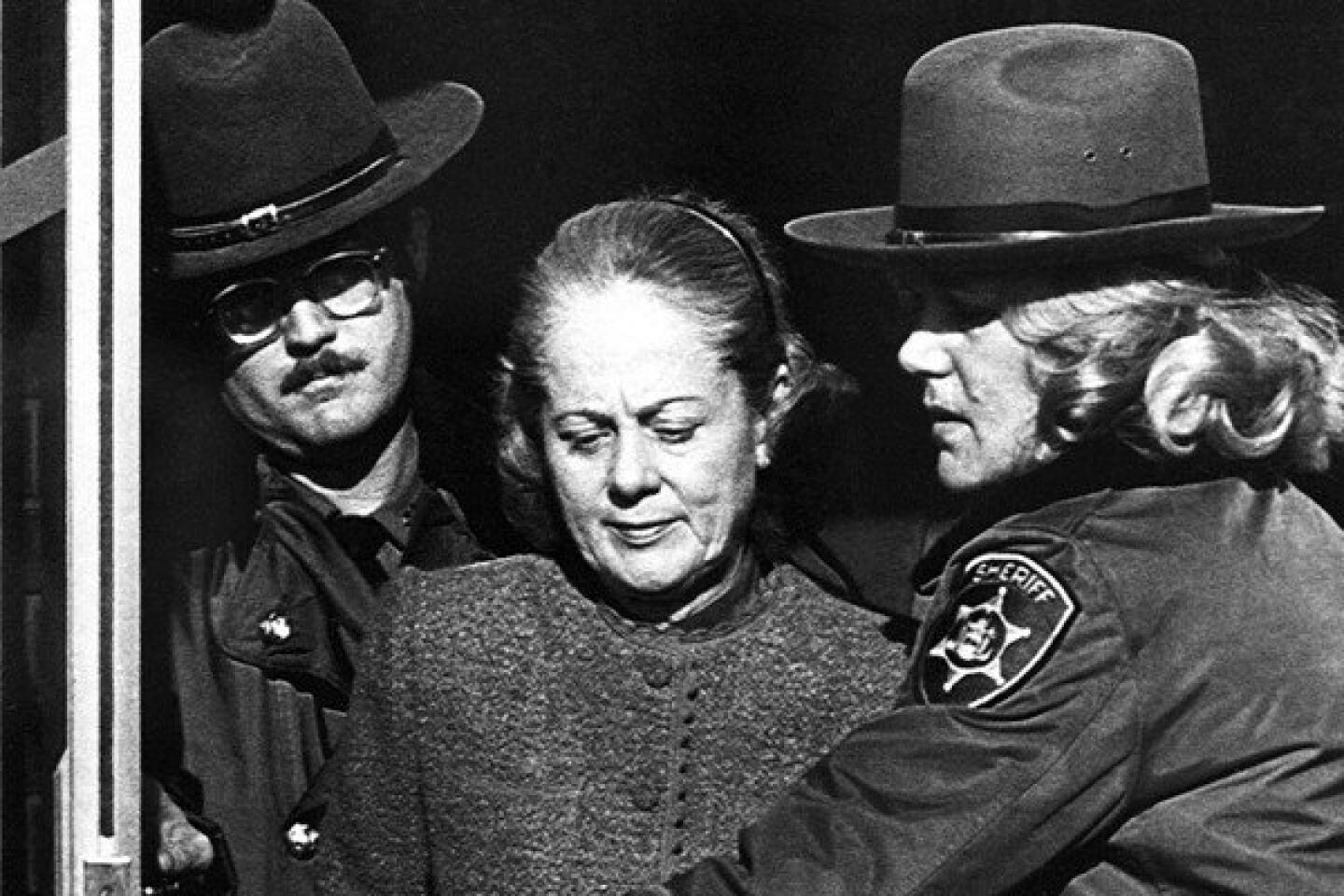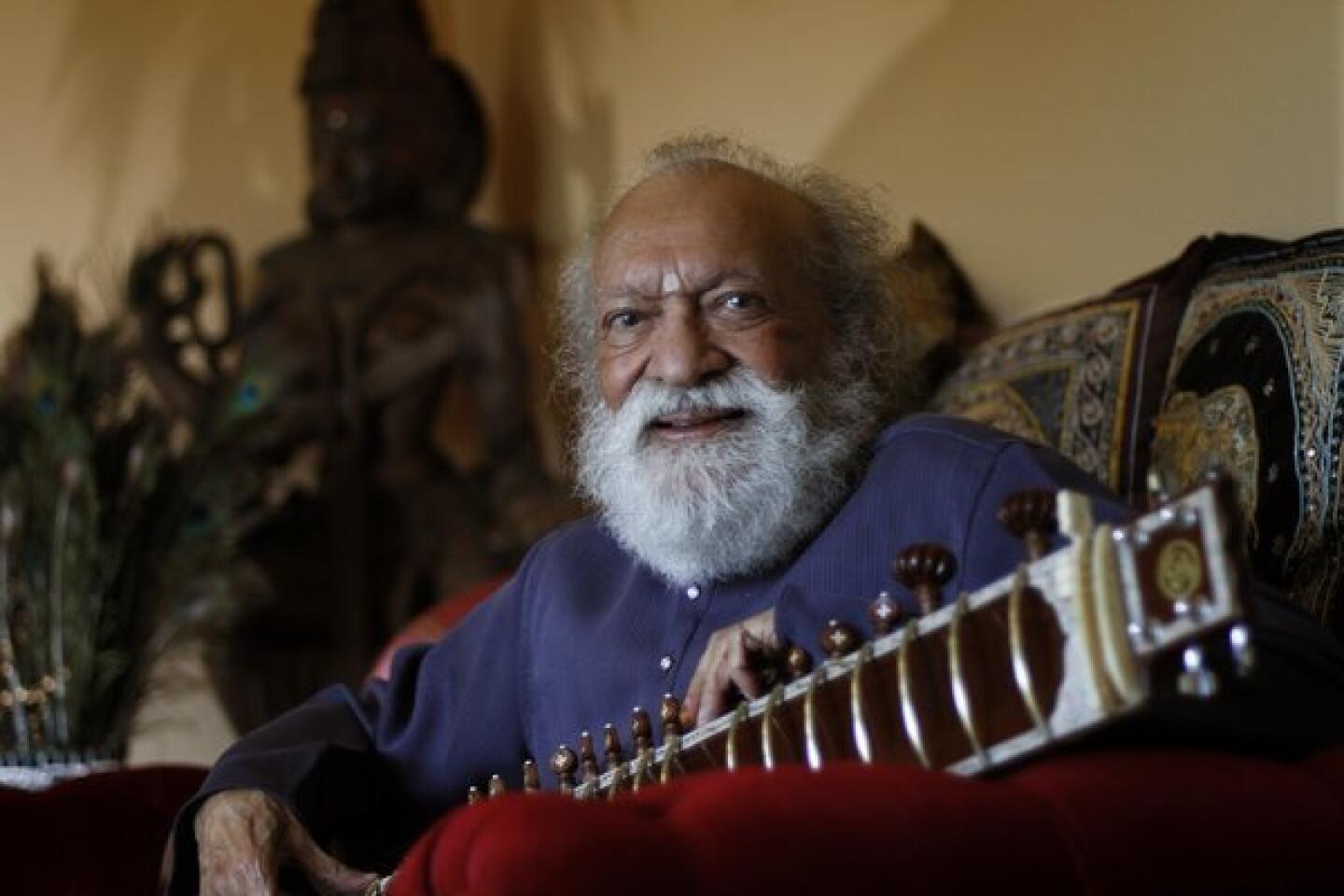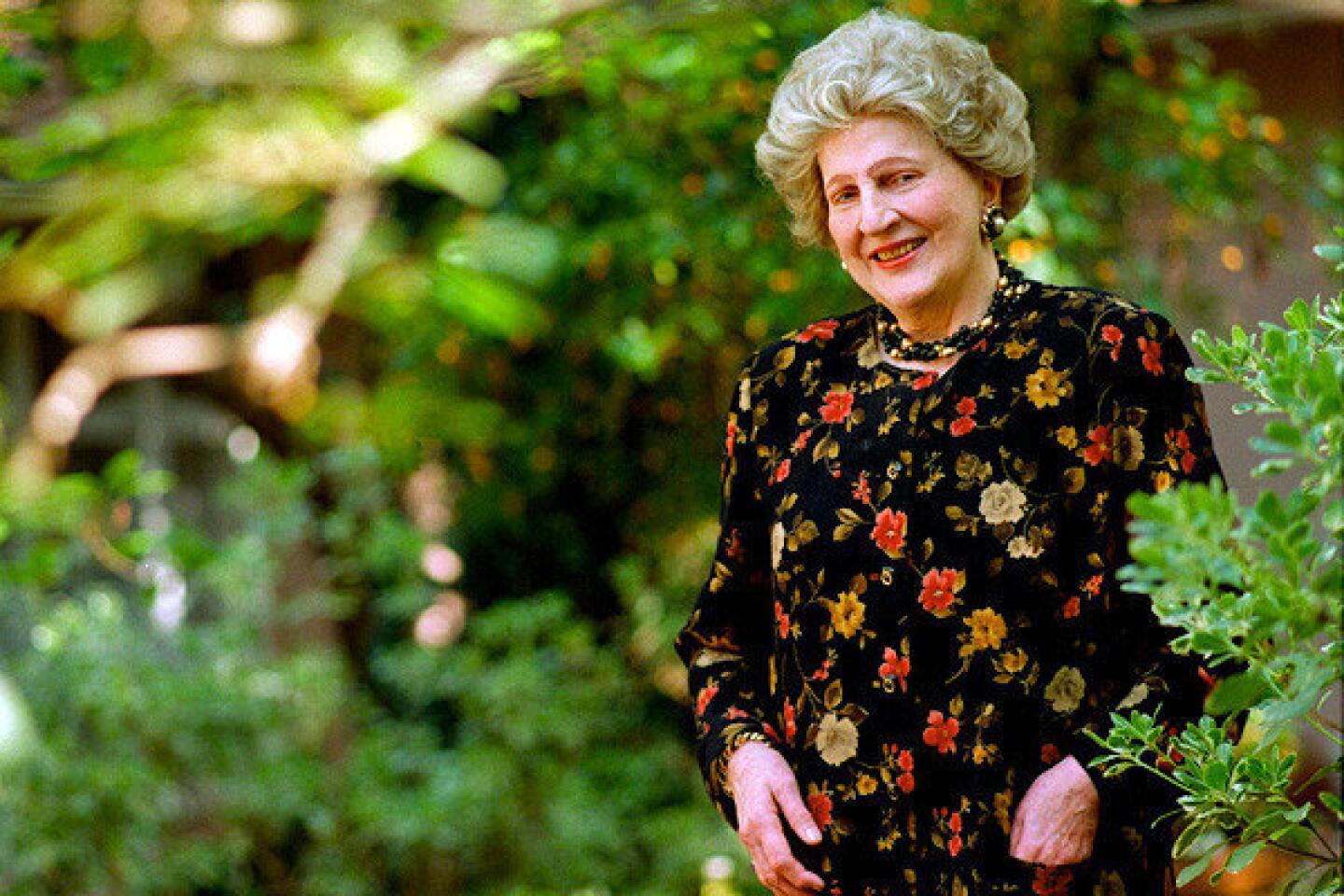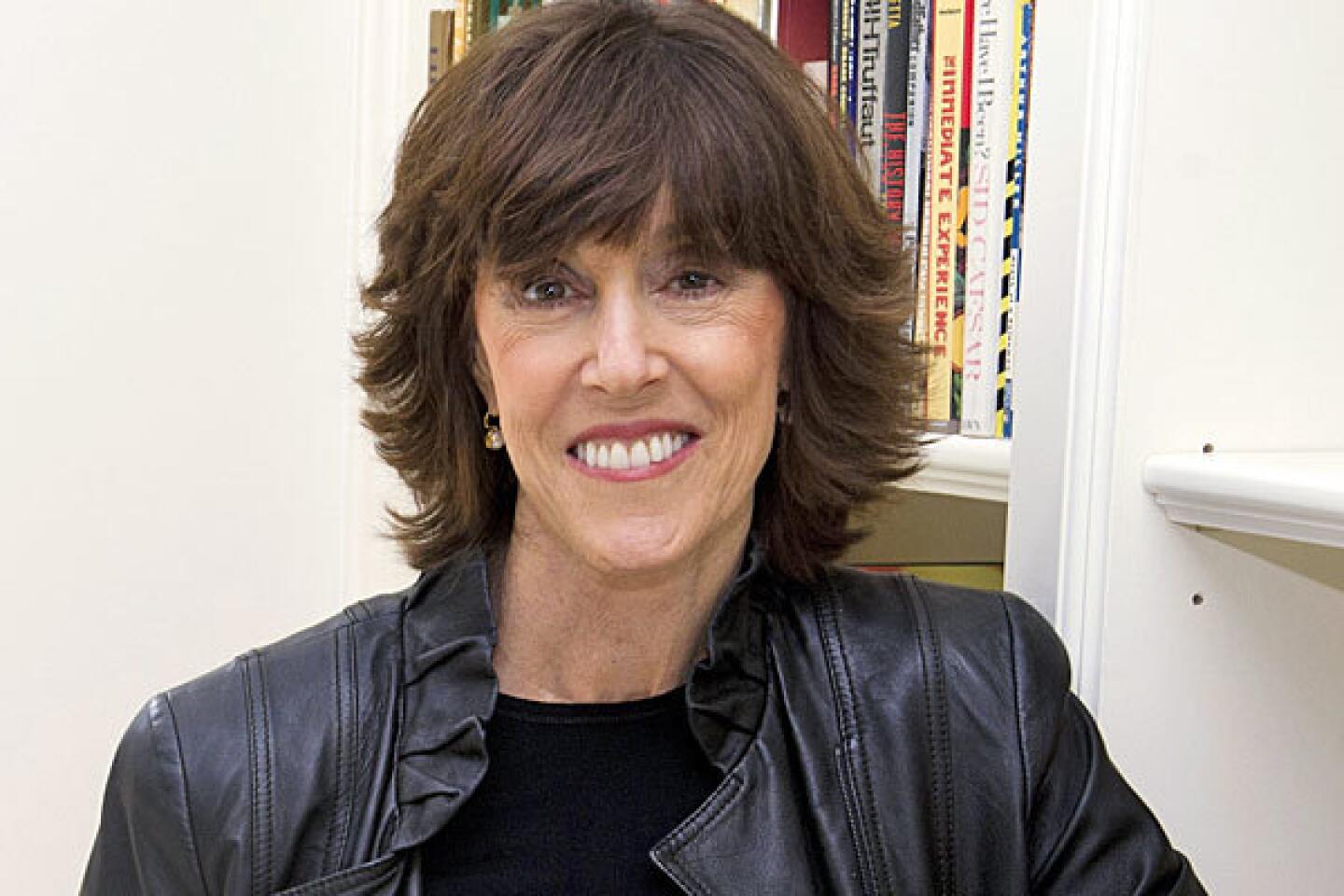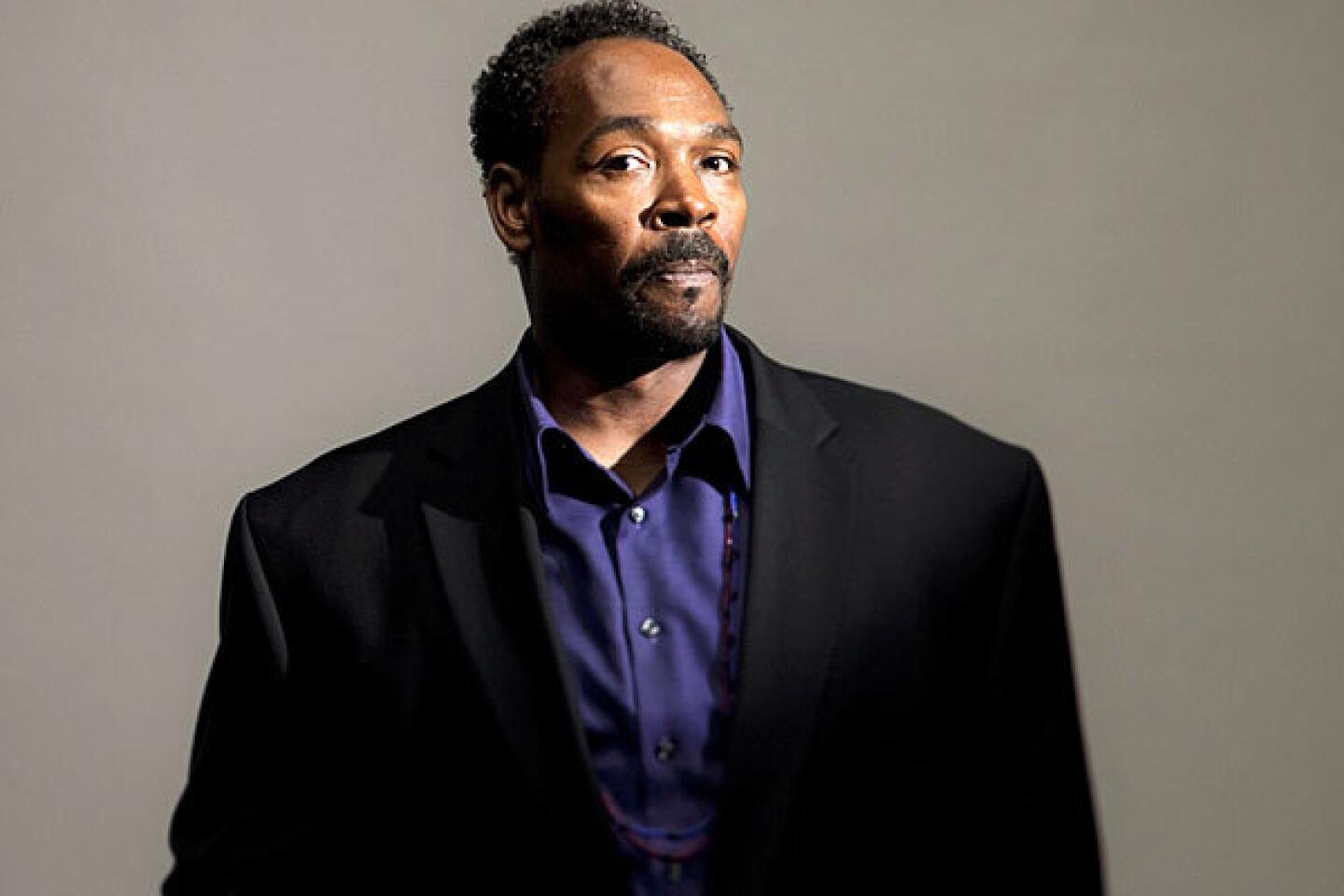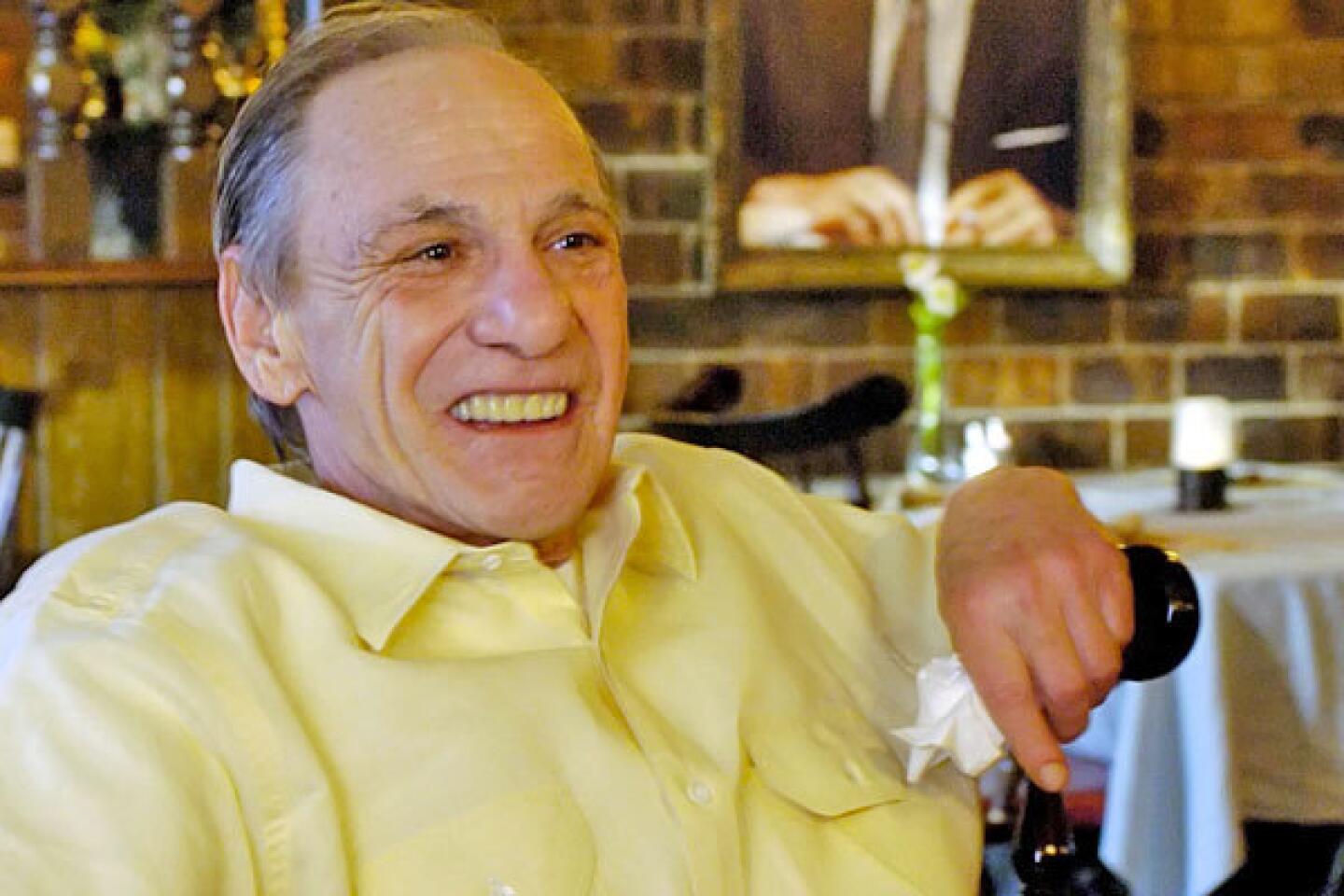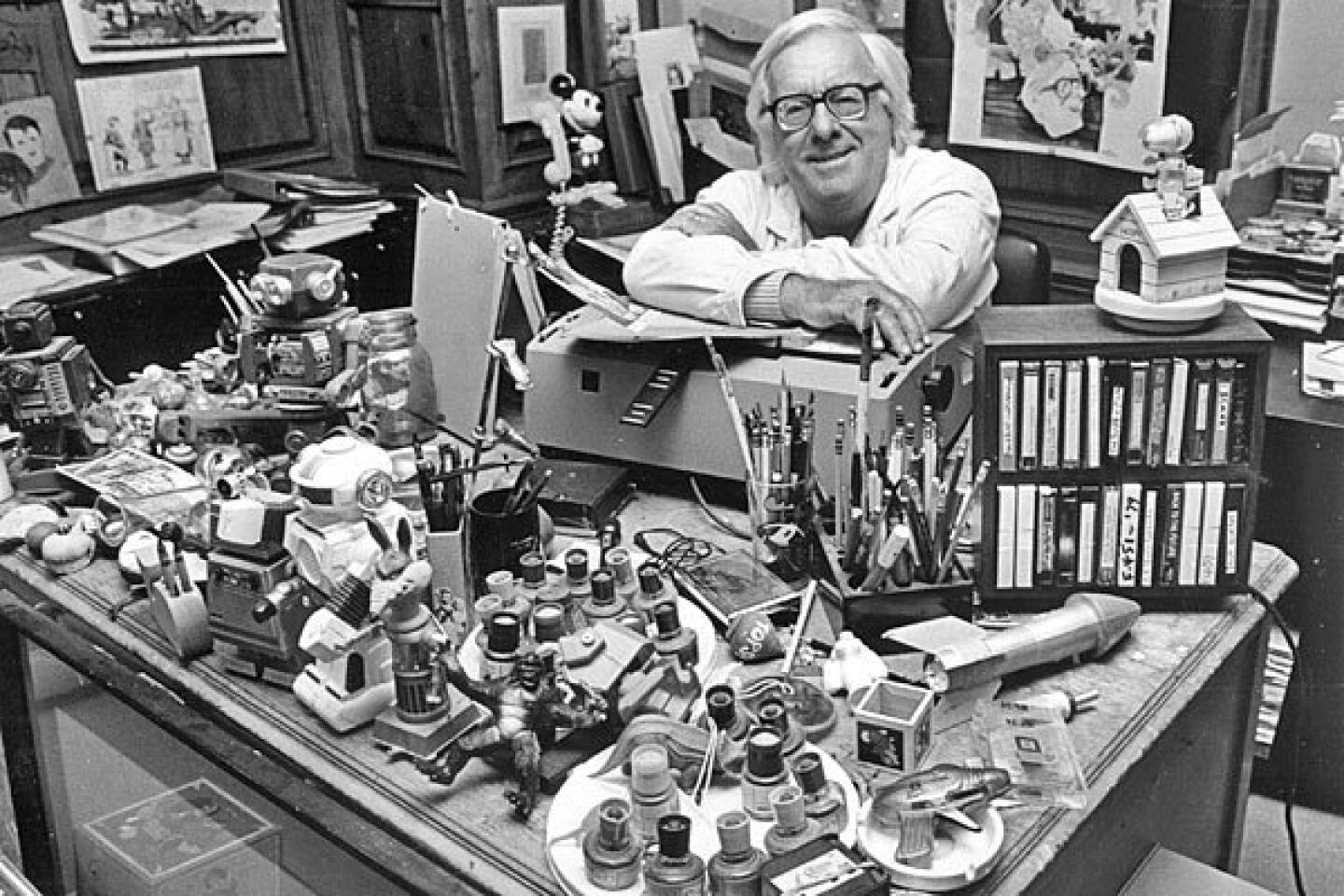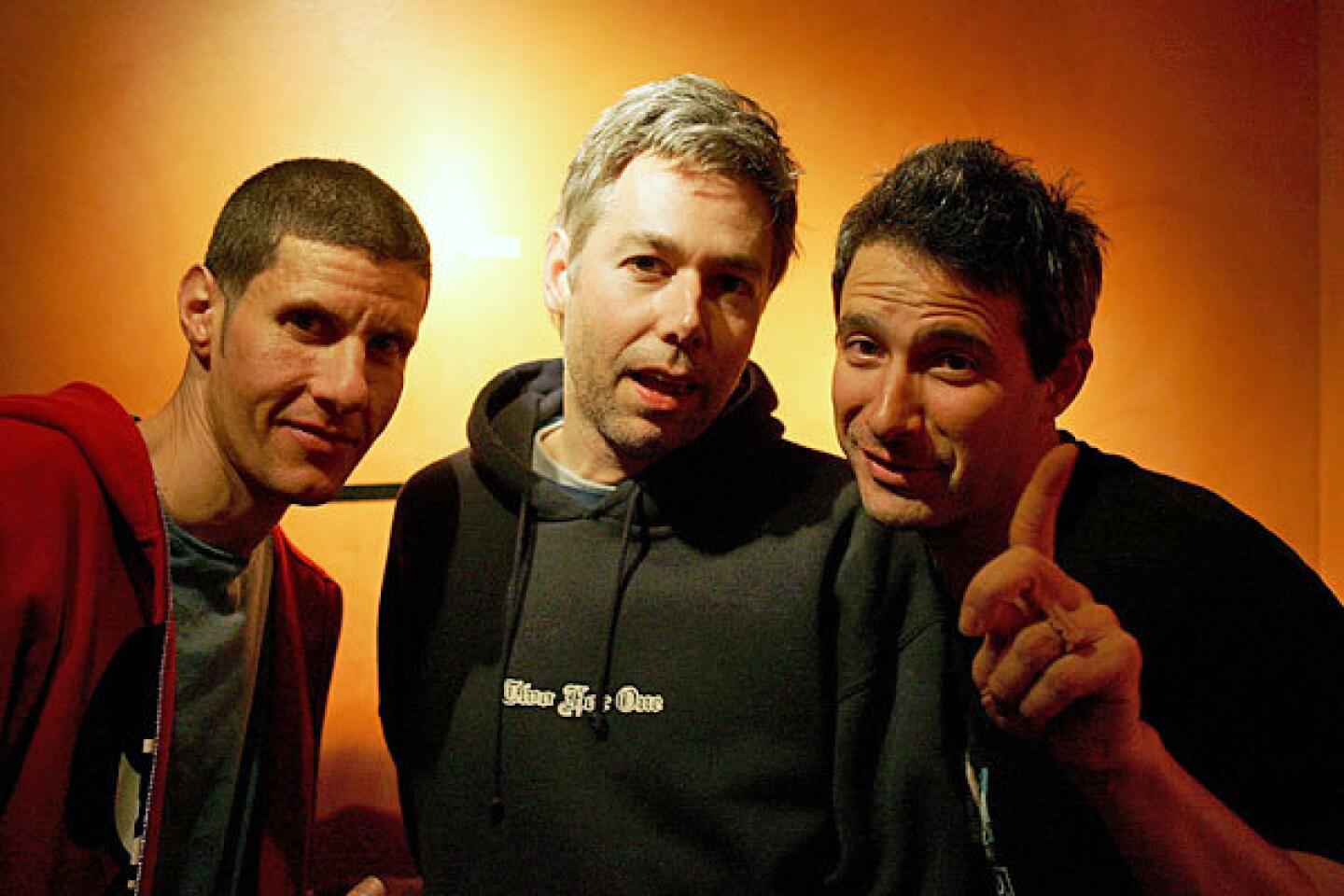Donnie Andrews dies at 58; killer an inspiration for TV character
- Share via
Like the television character he helped inspire, Donnie Andrews lived by a code.
In his earlier years, when he was robbing rival dealers as a young hustler in West Baltimore — experiences that would later form the basis for the popular Omar Little character on HBO’s Baltimore-based crime drama “The Wire” — he vowed to never involve women or children in his crimes.
But after confessing to a murder and helping authorities bring down a crime syndicate, he took on a different mission: working to prevent youths from going down the same path he did.
Andrews, 58, died Dec. 13 in New York City, where he was attending an event as part of his efforts to promote a nonprofit outreach foundation. He died after suffering an aortic dissection, which begins with a tear in the wall of the major artery carrying blood from the heart.
“Donnie was truly a rare bird, a fierce street warrior who had been to hell and back,” said Sonja Sohn, an actress on “The Wire” who worked with Andrews in youth outreach. He “lived not only to tell about it, but to transform that pain and darkness into the brightest of lights, infused with the love he had for youth and communities suffering from the injustices of ... life.”
Andrews, whose full name was Larry Donnell Andrews, had been around violence most of his life, physically abused by his mother and watching at age 10 from behind a washing machine as a man was bludgeoned to death for 15 cents. He grew up in the public housing developments of West Baltimore, where he was mentored by hustlers and drug dealers. He became a stick-up artist, robbing other drug dealers with a .44 Magnum.
“The word ‘future’ wasn’t even in my vocabulary, because I didn’t know if I’d be alive or dead tomorrow,” he told the British newspaper the Independent in 2009. “They had a bet in my neighborhood that I wouldn’t reach 21.”
In 1986, roped in by drug kingpin Warren Boardley and looking to support a heroin addiction, he said he took on a contract killing, teaming with another man for the fatal, close-range shootings of Rodney “Touche” Young and Zachary Roach on Gold Street.
Prosecutor Charles Scheeler said Andrews was different from other suspects. Not only did he turn himself in, but he never angled for a lesser sentence. He simply confessed to the killing, which Scheeler said they had little evidence to convict him of otherwise.
“I prosecuted hundreds of people, but this was the only person this happened to,” said Scheeler, who developed an unlikely friendship with Andrews even before his conviction. “Everyone else in his position has been ‘I will cooperate for less time.’ Donnie was ‘I will cooperate because I want to repent.’ ”
Andrews agreed to wear a wire, at great personal risk — Edward Burns, a former police detective, said Andrews once went through three layers of bodyguards to get to a kingpin — and picked up conversations that were crucial in the prosecution in the case.
“Donnie wanted change, more than he wanted to breathe air,” said David Simon, the former Baltimore Sun police reporter who created “The Wire.”
Though Andrews believed he would receive a 10-year term, he was sentenced to life in federal prison. His first tries at parole were unsuccessful, but he availed himself of every opportunity in prison to make things right. He studied, beat his drug habit and read the Bible.
Michael Millemann, an attorney who represented him in his fight for release, recalled meeting Andrews, who was still behind bars and had no clear path out but was counseling younger inmates. He talked about how, if he were to ever be released, he wanted to help children at risk.
“The day he turned himself in, I’d say from that day on, he became a counselor and a supporter to other people. The transition was day and night,” Millemann said.
While Andrews was incarcerated, Burns, a co-author of the nonfiction book “The Corner,” helped connect him with Fran Boyd, one of the book’s drug-addicted protagonists. They struck up a relationship, speaking on the phone daily. Boyd was as tough as they come, Simon said, and Burns’ hope was that Andrews could get through to her.
“She’s smart, and I knew she could get herself straight,” Andrews told the New York Times in 2007, “so I kept pushing and then I got hooked on her.”
Andrews was released in 2005, and he and Boyd married in 2007.
Simon made Andrews a consultant on “The Wire,” where Andrews was among the inspirations for the character Omar.
President Obama said in March that Omar was his favorite character on the show.
Andrews appeared on screen as one of Omar’s crew, and died in a shootout scene in which Omar leaps from a four-story building and escapes. Andrews said that really happened to him — but he had jumped from the sixth story.
Andrews had spent recent years trying to ramp up work through his “Why Murder?” foundation and he has been featured in documentaries about the drug war and in talks at Harvard University, where “The Wire” is taught in a class.
Said Simon: “On paper, he’s a murderer. We’ve constructed a criminal justice system that doesn’t allow for the idea of redemption, and Donnie puts a lie to that.”
More to Read
Start your day right
Sign up for Essential California for the L.A. Times biggest news, features and recommendations in your inbox six days a week.
You may occasionally receive promotional content from the Los Angeles Times.
